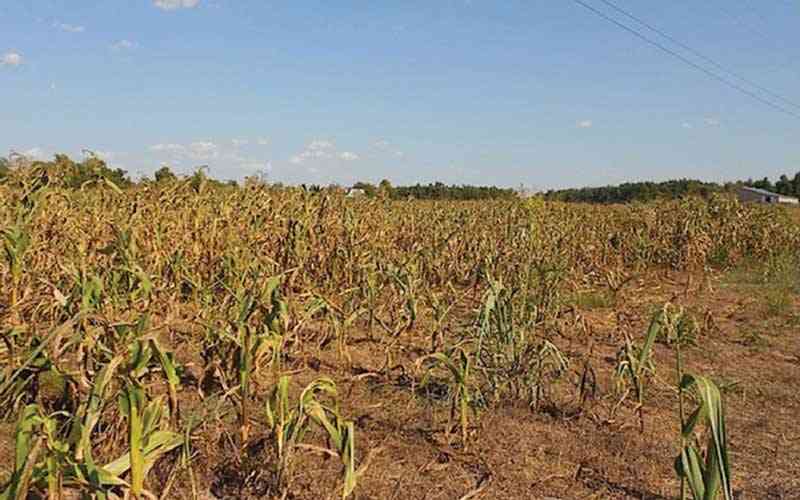
IN the land where the baobab trees stretch their ancient limbs towards the heavens and the mighty Zambezi carves its way through the savannah, a silent upheaval is underway. Zimbabwe, a country rich in natural beauty and cultural heritage, stands on the frontline of a global battle against an invisible foe: Climate change.
The signs are etched into the landscape and whispered in the winds that sweep across the highveld. They are spoken in hushed tones by the elders who remember the seasons as they once were — predictable, generous, life-sustaining. But now, the rains forget their path. The droughts linger like uninvited guests, overstaying their welcome, draining the lifeblood from the soil and the hope from the hearts of those who till it.
In the bustling streets of Harare and the quiet corners of rural homesteads, the conversation is the same.
“The weather is changing,” they say. “It’s not like before.” The maize stalks stand too short, the rivers run too shallow and the cattle’s ribs count the days since the last good rain.
Climate change in Zimbabwe is not a distant threat looming on the horizon — it is a present reality. The effects are tangible, visceral. The country’s economy, heavily reliant on agriculture, feels the strain as crop yields falter and food security wavers. The wildlife, a source of national pride and economic sustenance, faces the challenge of adapting to shifting ecosystems, even as the spectre of poaching looms larger in times of scarcity.
Yet, amid the adversity, the spirit of the Zimbabwean people endures. Resilience is woven into the fabric of their being, born of a history that has weathered many storms. Farmers turn to innovative techniques to conserve water and enrich the soil. Communities band together to protect their natural resources, knowing that the fate of the individual is tied to the health of the collective.
The youths, with eyes wide open to the challenges of their generation, are stepping forward. They bring with them the tools of technology and a global perspective, ready to join hands with the world in crafting solutions that honour the wisdom of the past, while forging a sustainable path forward.
This is the story of climate change in Zimbabwe — a tale of loss and adaptation, of struggle and hope. It is a narrative that demands our attention, for in it lies lessons for us all. As the world seeks to address the climate crisis, let us listen to the voices from Zimbabwe, for they speak of what is at stake and what can be done when the human heart rises to meet the moment.
- COP26 a washout? Don’t lose hope – here’s why
- Out & about: Bright sheds light on Vic Falls Carnival
- COP26 a washout? Don’t lose hope – here’s why
- Out & about: Bright sheds light on Vic Falls Carnival
Keep Reading
Kumbirai T Nhamo






